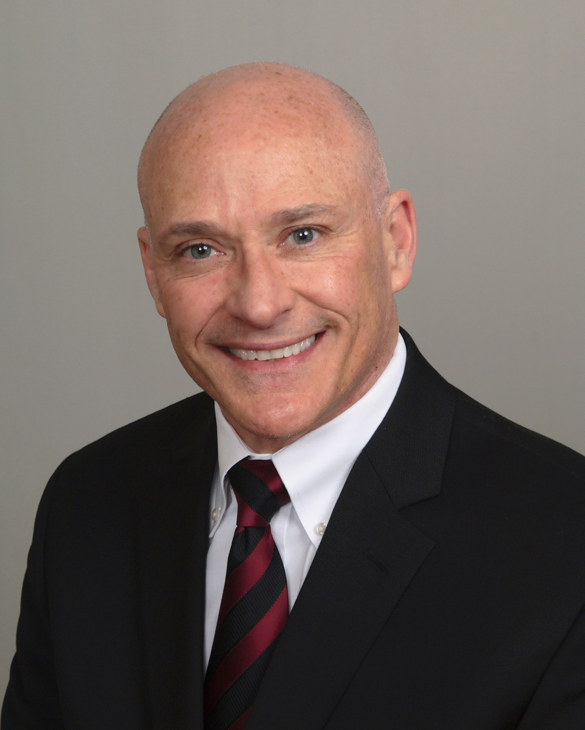
Helping you consider differing viewpoints. Before it’s illegal.
Article 1: Ron Johnson: Medicaid expansion may be fueling opioid crisis. Todd Shepherd, July 27, 2017. Washington Examiner
Clay’s summary: That pesky Republican Senator from Wisconsin makes some good points.
Key Passage from the Article
Johnson’s letter did not draw a perfect causal link between the two by suggesting Medicaid is the prime driver of the opioid crisis. But it offered up enough case studies to suggest that the expansion since 2014 has contributed.
Johnson told the HHS inspector general that internal data from the agency showed that overdose deaths, “largely from opioids, are surging much faster in Medicaid expansion states than in non-expansion states.”
“The number of convictions for improperly using Medicaid to obtain opioids, identified through such a cursory search, suggests a larger systemic problem,” Johnson concluded. “Because opioids are so available and inexpensive through Medicaid, it appears that the program has created a perverse incentive for people to use opioids, sell them for large profits, and stay hooked.”
Read it here
Article 2: Medicaid Reform. Heritage Foundation, July 27, 2017
Clay’s summary: Lots of pesky facts in this one. My favorite – when asked how the feds should focus Medicaid spending, 56% of poll respondents say the focus should be on the elderly and disabled. 46% say it should be for income-based groups instead.
Key Passage from the Article
By changing the formula reimbursement, Obamacare incentivized the addition of able bodied adults to the Medicare rolls. Eighty-three percent of the increase in Medicaid enrollment during 2014–2016 occurred in states that adopted the Obamacare expansion of able-bodied adults. Over the 3-year period (2014, 2015, and 2016), Medicaid grew 14 million; of that, 11.7 million (83 percent of total growth) occurred in states who expanded Medicaid to able-bodied adults. The increased funding to this group means there is less money available for the original beneficiaries of Medicaid—elderly disabled, pregnant women, and children in poverty.
Read it here
Article 3: His Wife Runs Medicaid, but This Doctor’s Practice Won’t Accept It. Phil Galewitz, The Daily Beast, July 27, 2017
Clay’s summary: The headline is clickbait, but the rest of it is a good look at how Medicaid can not draw critical provider types like child psychiatrists into the network.
Key Passage from the Article
Members of the Trump administration and Republicans on Capitol Hill repeatedly say the country’s Medicaid system is “broken” and enrollees struggle to get care because many doctors refuse that coverage.
The top U.S. official overseeing Medicaid—Seema Verma—doesn’t have to look far to find an example. Her husband, Dr. Sanjay Mishra, is one of them.
Mishra is a child psychiatrist in Carmel, Ind., and a partner and medical director of Indiana Health Group, a large medical practice specializing in mental health. That group doesn’t accept Medicaid.
“It’s sadly ironic, but given what I know… I am not one bit surprised,” said Dr. J. Wesley Boyd, associate professor of psychiatry at Harvard Medical School, who co-authored a study this year on the struggles children enrolled in Medicaid face looking for care.
Verma is administrator of the Centers for Medicare & Medicaid Services and a former consultant who helped design Indiana’s Medicaid program.
Jane Norris, a CMS spokesman, said Verma’s husband does not accept Medicaid because that “helps avoid any further conflict of interest or complication of her recusal obligations.”
Read it here




